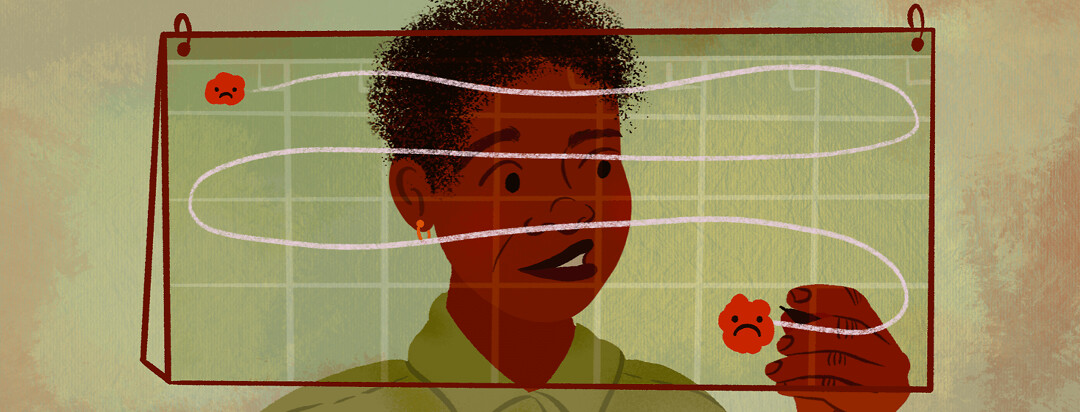The Trickiness of Treating Menstrual Migraines
In my life, there are some things I can predict. For example, I know without a doubt my 8-year-old will ask for a snack even after he's just eaten a snack. I further know I'll wake up at least once a night mistaking my husband's snores for a small plane landing in our backyard. I don't mind. I like the predictable. Like when I finally figured out the bulk of my migraines centered around my monthly menstrual cycle.
Looking for a pattern
My migraines didn't show up until my early thirties. So when they first started, I hadn't learned to look for (and avoid) classic migraine triggers like lack of sleep, caffeine, or tough algebraic equations. There seemed to be no recognizable pattern, but I observed a clue after using a migraine diary: Migraines always showed up during my monthly cycle.
Managing menstrual migraine is tricky
At first, I tried to manage these migraines myself. I used home remedies that friends suggested, like staying hydrated by drinking more water than Lake Michigan and trying to be less stressed. But besides becoming stressed about drinking all the water ever, nothing changed. I sought professional help, and my doctor and I discussed the trickiness of managing hormonal migraines. According to the American Migraine Foundation, "Migraine attacks occurring just before and during a woman's period can be the most challenging kind to treat."1
Attacks bookended my period
My migraine attacks bookended my period. I'd start and end my cycle with a 24-36 hour migraine. In fact, my menstrual migraines were so debilitating that my husband and I started making travel plans, or just "plan" plans, around them. It was a guarantee I wouldn't be able to function during my period.
Finding no relief from medication
My doctor prescribed the relief medication sumatriptan. While this worked pretty well for other attacks, during my period—all bets were off. Most months, when I had my period, my relief meds gave me no relief. I grew fearful of my cycle. I dreaded the days until my period, knowing how horrible I was going to feel. I could avoid other triggers like alcohol and lack of sleep, but my hormones were as much a part of my elbows or fingers. I couldn't really avoid them.
Finding temporary relief
In my quest to support and solve my menstrual migraines, I tried a long list of healing options like massage, acupuncture, yoga, hormone replacement therapy, herbal supplements, and the list continues. Sadly, nothing helped. The one thing that did was becoming pregnant. For 6-months of my pregnancy, I lived a migraine-free life. After my son was born, though, my pesky migraines picked up where they left off. They even increased in frequency as my hormones shifted and I stepped into perimenopause.
Finally, a solution
In the end, my neurologist and I worked together to find a solution that could provide some relief from my chronic migraines. When CGRPs were introduced, this helped my daily migraines become weekly. It was a game-changer.
I'm glad I figured out the connection between my shifting hormones and my migraines. Even though I enjoy the predictable, I must admit, I'm thankful my migraines aren't as certain as they once were.

Join the conversation